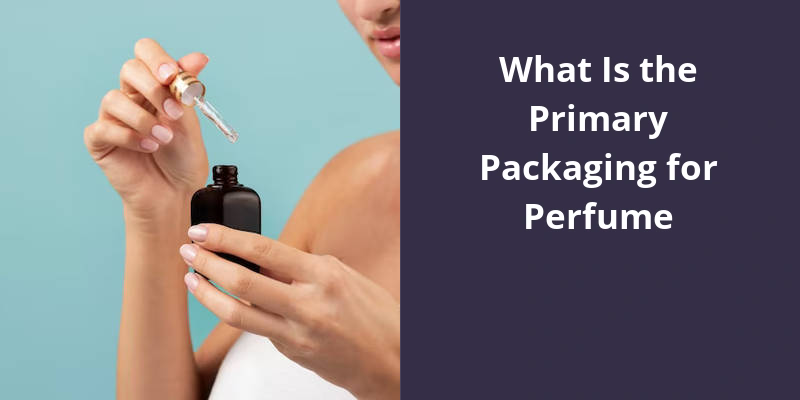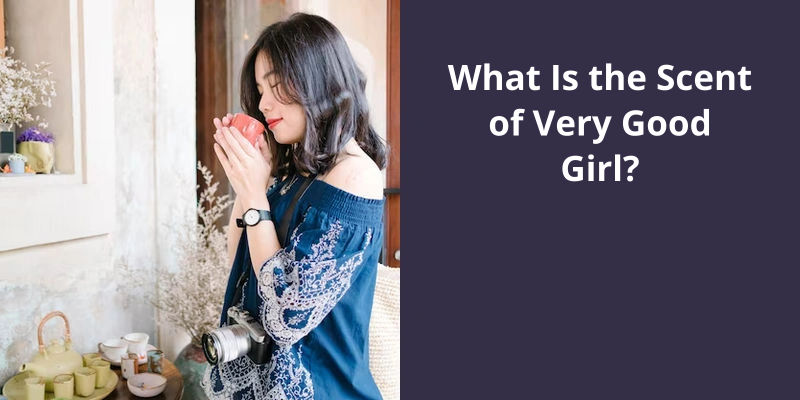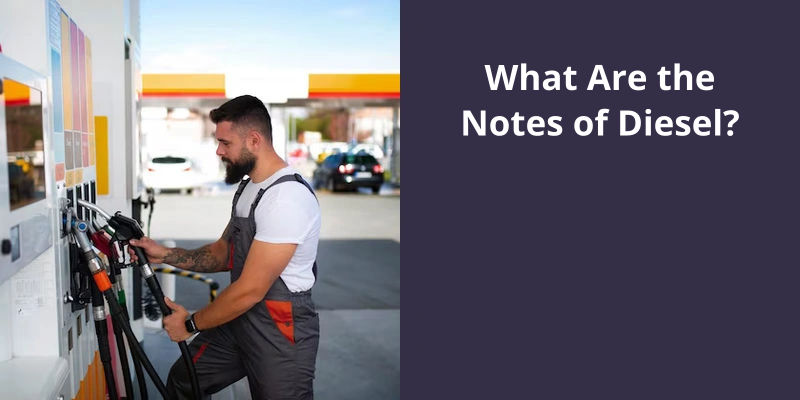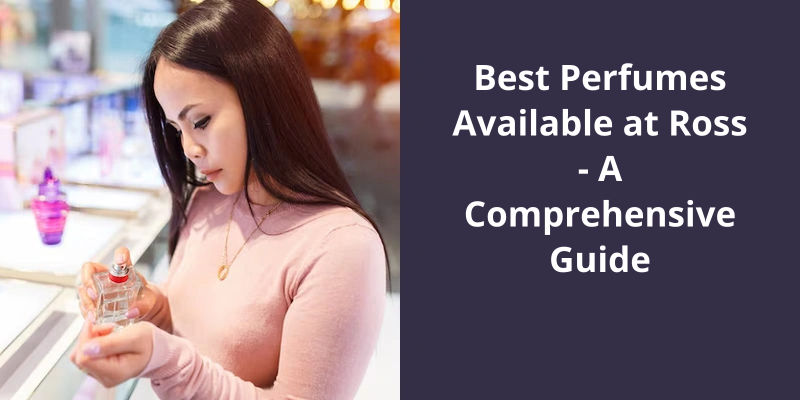The primary packaging for perfume is usually a glass bottle, which is specifically designed to keep the fragrance potent and free from exposure to air, heat, and light. These bottles, often feature a spray-top or rollerball mechanism, which allows the user to apply the perfume without any contamination. The glass bottle is highly durable and designed with aesthetic appeal to attract buyers. Sometimes, the perfume is also sealed in a high-quality aluminum or plastic container. In addition, the pour caps or closures on the bottles provide an air-tight seal, ensuring the long-lasting scent and quality of the perfume.

What Is the Secondary Packaging of Perfume?
The primary packaging for perfume refers to the container that directly comes in contact with the perfume or cosmetic product. This is the most important aspect as it ensures the fragrances stability, prevents leakage, and preserves it’s quality. The primary packaging can be made of various materials such as glass, plastic, or metal, and it’s often creatively designed to reflect the brands identity and aesthetic.
It’s usually in the form of a thin, cardstock box that’s designed to be displayed on retail store shelves. This secondary packaging serves multiple purposes. Firstly, it provides additional protection to the primary packaging, preventing any damage or breakage during transport or handling. Secondly, the secondary packaging is an opportunity for the brand to enhance it’s visual appeal and create a unique packaging experience for the customers.
The secondary packaging is carefully designed to portray the brands image, displaying it’s logo, name, and other relevant information. It often features elaborate designs, patterns, and finishes to catch the attention of potential buyers and stand out among other products on the shelf. Additionally, the secondary packaging may include product information such as the fragrance notes, ingredients, and manufacturing details.
Moreover, the secondary packaging for perfume also plays a crucial role in marketing and branding. It contributes to the overall perception of the product and acts as a tool for communication and storytelling. It serves as an extension of the perfumes allure and can significantly influence a customers decision-making process.
It’s an essential component in the overall packaging strategy, contributing to the products success on store shelves and in the minds of consumers.
How Secondary Packaging Impacts the Consumer’s Perception of a Perfume
- Secondary packaging adds a layer of sophistication and prestige to the perfume.
- It sets the tone and creates an emotional connection with the consumer.
- The quality and design of the secondary packaging can enhance the perceived value of the perfume.
- Consumers often associate elaborate and luxurious secondary packaging with high-end and premium fragrances.
- Secondary packaging can also provide important information about the perfume, such as it’s notes or ingredients.
- Well-designed secondary packaging can attract attention on store shelves and increase the likelihood of a purchase.
- Packaging materials, such as glass or metal, can convey a sense of durability and luxury.
- The color scheme and branding elements on the secondary packaging can communicate the fragrance’s identity and target audience.
- Unboxing the perfume from well-crafted secondary packaging can create a memorable and pleasant experience for the consumer.
- Secondary packaging can also protect the perfume from damage during transportation and storage.
In the pharmaceutical industry, primary packaging components play a crucial role in ensuring the safety and integrity of the products. These components, such as vials, stoppers, blisters, bottles, screw caps, and closure liners, are designed to be in direct contact with the pharmaceutical products, effectively protecting them from external factors that may compromise their quality.
What Are Examples of Primary Packaging Components?
When it comes to the primary packaging for perfume, there are several components that play a crucial role in preserving the fragrance and ensuring it’s quality. One such component is the bottle itself, which is often made of glass or high-quality plastic. The bottle is designed to protect the perfume from light, air, and moisture, all of which can degrade the fragrance over time.
The closure or cap is another important primary packaging component. Closure options vary, ranging from screw caps to spray pumps, depending on the type of perfume and desired application method.
In some cases, closure liners may be used to provide an additional layer of protection. These liners are often made of materials like foam or plastic, and they help to prevent any contact between the perfume and the closure, ensuring that the fragrance remains intact.
Vials and stoppers are also commonly used as primary packaging components for perfumes. Vials are small, glass containers that are often used for sample sizes or travel-friendly options. Stoppers, on the other hand, are used to seal the vials and prevent any leakage.
Lastly, blisters are sometimes employed as primary packaging for perfumes. These are typically made of transparent plastic and are used to hold multiple perfume samples or small bottles together. Blisters offer an additional layer of protection and are often used for promotional or gift sets.
Each of these components plays a vital role in preserving the fragrance and ensuring it’s quality by protecting it from light, air, and moisture.
Packaging for Different Fragrance Formats: Discuss Primary Packaging Components for Other Fragrance Formats, Such as Solid Perfumes, Rollerballs, or Fragrance Oils.
- Primary packaging components for solid perfumes
- Primary packaging components for rollerballs
- Primary packaging components for fragrance oils
Source: How to select packaging components for a new … – LinkedIn
Packaging plays a crucial role in product presentation and protection. An exemplary illustration of primary packaging would be the wine bottle itself, while secondary packaging encompasses the cardboard box used for packaging multiple bottles. Lastly, tertiary packaging includes the pallets that efficiently organize and transport the assembled wine boxes.
What Is an Example of Primary Packaging and Secondary Packaging?
When it comes to packaging products, there are different layers and components involved. The primary packaging is the layer that directly contains and protects the product, while the secondary packaging provides additional protection and facilitates transportation. An example of primary packaging is the bottle used for perfume. It’s the container that holds the product and keeps it safe from external elements. In the case of wine, the primary packaging would be the glass bottle that holds the liquid.
In the wine industry, this could be the cardboard box that contains several bottles of wine. This secondary packaging not only provides a convenient way to transport multiple bottles, but also adds an extra layer of protection during shipping. It helps prevent breakages and ensures that the bottles arrive safely to the consumers.
Lastly, there’s tertiary packaging, which is the outermost layer that facilitates the handling and transportation of large quantities of products. In the case of wine, this would be the pallet that groups various wine boxes together. Pallets are commonly used in logistics to efficiently transport and store large quantities of products. They enable easy handling with forklifts or other machinery, and provide stability for stacking and storage.
It’s the immediate layer of protection for the fragrance, keeping it contained and preventing leakage or damage. The secondary packaging could be a box or a carton that holds multiple perfume bottles, providing additional protection during transportation and storage. Lastly, the tertiary packaging could be a larger box or pallet that groups several secondary packages together, making it easier to handle and organize larger quantities of perfume bottles for distribution.
Primary Packaging and Secondary Packaging in the Pharmaceutical Industry, Such as the Blister Pack for Individual Pills (Primary) and the Box That Contains Multiple Blister Packs (Secondary).
The primary packaging for perfume refers to the container or bottle that directly holds the product. It’s often made of glass or high-quality plastic and is designed to protect the fragrance and preserve it’s quality. The primary packaging is also responsible for dispensing the perfume with precision, usually through a spray or pump mechanism.
In contrast, secondary packaging for perfume refers to any additional packaging used to enhance the product’s presentation, provide information, or offer gift options. This can include the outer box, wrapping, or any other decorative elements that accompany the primary packaging.
Ensuring the safe and protected shipping of perfumes involves critical consideration of leak-proof containers, sealed lids, and individual wrapping with padding. Additionally, the usage of a durable and secure box becomes essential in maintaining the integrity of fragile perfume bottles and avoiding any breakage during transit.
How to Package Perfume for Sale?
When packaging perfume for sale, it’s crucial to prioritize the safety and security of the product throughout the shipping process. To ensure this, leak-proof containers with a sealable lid are essential. These containers prevent any leakage or spillage of the fragrance, which couldn’t only damage the packaging but also affect the quality of the perfume itself.
Additionally, it’s important to individually wrap each perfume bottle in padding or bubble wrap. This serves multiple purposes – firstly, it provides an added layer of protection to the fragile glass bottles, reducing the risk of breakage during transportation. Secondly, it prevents any potential friction or contact between the bottles, which could lead to scratches or other forms of damage.
When it comes to shipping fragrances, a durable and secure box is crucial. Fragile items, such as perfume bottles, need to be well-protected to prevent any breakage. A sturdy box with ample padding or cushioning material is highly recommended to absorb any impact that the package may encounter during transit.
Furthermore, the packaging design should also consider aesthetics and branding. Perfume packaging often plays a significant role in attracting customers and creating a memorable unboxing experience. Creating visually appealing packaging can help brands stand out in a competitive market and leave a lasting impression on customers.
It’s also worth considering additional protective measures, such as using shrink wrap or tamper-evident seals. These can provide an extra layer of security, assuring customers that the product hasn’t been tampered with before reaching their hands.
Perfumes are carefully packed using sustainable options such as paper and cardboard. Not only are these materials environmentally friendly, but they’re also lightweight, making them cost-effective during shipping. Moreover, their versatility allows for the inclusion of attractive designs, making them perfect for gift-giving occasions.
How Are Perfumes Packed?
When it comes to packaging perfume, there are various options available in the market. One of the primary packaging materials for perfume is paper and cardboard. Not only are these materials sustainable, but they’re also lightweight, making them cost-effective for shipping purposes.
This makes them an excellent choice for packaging that will be used for gift-giving. The ability to customize the packaging adds value to the product and enhances the overall customer experience.
They act as a barrier against external factors such as light, heat, and moisture, which can affect the fragrance and quality of the perfume. The sturdy nature of these materials ensures that the perfume remains intact during transit and storage.
They’re a popular choice for primary packaging due to their visual appeal, eco-friendliness, and ability to enhance the products overall value.
Glass Packaging: While Paper and Cardboard Are Commonly Used for Perfume Packaging, Glass Is Another Popular Option. Glass Bottles Are Elegant and Can Showcase the Perfume Inside. This Topic Could Discuss the Benefits of Glass Packaging and It’s Impact on the Perfume Industry.
Glass packaging is a popular option for primary perfume packaging. Although paper and cardboard are commonly used, glass bottles offer elegance and allow for showcasing the perfume inside. This type of packaging not only offers aesthetic appeal but also has several benefits for the perfume industry. Glass is a durable material that helps protect the fragrance from light and air, preserving it’s quality and longevity. Additionally, glass is recyclable, making it a more sustainable choice compared to plastic packaging. Overall, glass packaging plays a significant role in enhancing the overall experience and perception of a perfume product.
Conclusion
Glass bottles are undeniably the primary packaging choice for perfume, widely recognized for their ability to encapsulate the essence of a fragrance. Their enduring popularity can be attributed to a combination of factors, chief among them being their unparalleled aesthetic appeal that elevates the allure of any perfume. Among the myriad of exquisite designs, the Karbon Stellated Octahedron bottle stands out as a testament to the artistic craftsmanship employed in fragrance packaging. It’s intricate geometric form not only reflects the creativity and individuality of the perfume it houses but also adds a touch of elegance to any vanity or dressing table.





